Chakras: 101
Chakra (Cha like chocolate not ‘sha’) in Sanskrit means “wheel” and refers to energy points in or maps within your body. These energies are thought to be spinning disks that should stay “open” and aligned as they correspond to bundles of nerves, major organs, and areas of our energetic body that affect our emotional and physical well-being.
Paiges Crystal Bowls represent the colors of the Chakras. The notes from Scale of C also reflect tunes and pitches associated to the Chakras.
The seven chakras comprise three primary regions. The three lower chakras are located close together at the base of the spine to the navel. (The region of fire). Three higher chakras, the throat, third eye and crown are related and form the region of the head- governing the brain centers.
In between stands the heart chakra as the central chakra – meditating between these two groups of three chakras, connecting both to the navel below and to the throat above.
The Threefold head Chakra – Seat of the Moon:
Sahasrara – crown or consciousness chakra
Ajna – Third eye or mind chakra (OM)
Visshuddha – throat or ether chakra (HAM)
The Central Heart: Seat of the Sun:
Anahata – Heart or Air chakra (YAM)
The Threefold Kanda or Bulb – Seat or Fire:
Manipura – Navel or Fire chakra (RAM)
Svadhishtana – Sex or water chakra (VAM)
Muladhara – Root or Earth chakra (LAM)
Ways to understand the Chakras and how to apply to practice:
1st Chakra: Being depleted of first chakra energy feels like a survival crisis. You can’t get grounded because you are stuck in your head. One good example of this imbalance comes when you have been traveling or living in an new place; unable to focus and dizzy. By contrast, if you have too much energy at the root, you can become greedy or excessive in behaviors. You may find yourself lacking energy, overly tired or heavy if you have too much root.
2nd Chakra: When someone is stuck in their sacral chakra, they struggle with being ruled by their emotions or the opposite of this, which is feeling numb or out of touch. There’s also a correlation to sexual desire (or the lack thereof) at this level. This chakra is responsible for creativity and pleasure.
3rd Chakra: This chakra is often considered the power center, and when out of balance, self-esteem may be low and decision-making can feel out of control. Temper flare-ups are also common when energy isn’t flowing well here.
4th Chakra: The heart chakra, when flowing with energy, feels filled with love, compassion, forgiveness, and acceptance. When there’s a blockage at this energy level, anger, jealousy, grief, or self-hatred can be more prominent.
5th Chakra: This chakra is the source of speaking your most authentic truth. When energy is blocked or low here, fear of not being accepted or of being judged becomes a problem. You might also feel out of touch with your opinions and desires and have challenge in making choices.
6th Chakra: Third eye point; when this chakra is open, you experience expanded imagination, clairvoyance, and intuition. When there is a blockage at this level, there can be a tendency to be over-involved in fantasy or imagination. Lack of focus or clouded judgment can also occur.
7th Chakra: The crown chakra connects you to the wider universal energy, so when this area has a block, isolation or emotional distress can occur. This may present as an inability to set or follow through on goals or an overall lack of direction and feelings of disconnection.
So the knowing of if someone is in balance or out is important to identify someone to help them in their practice of yoga or mediation.


